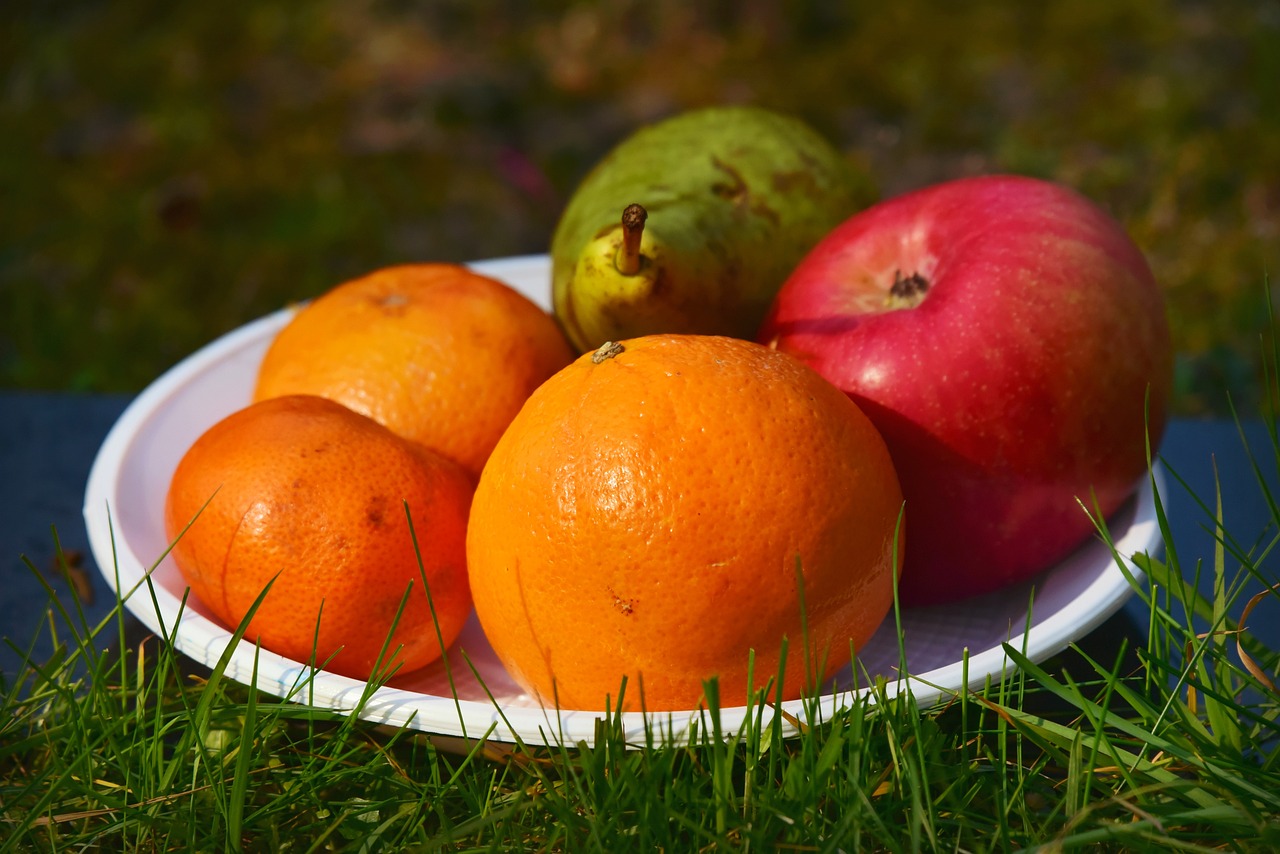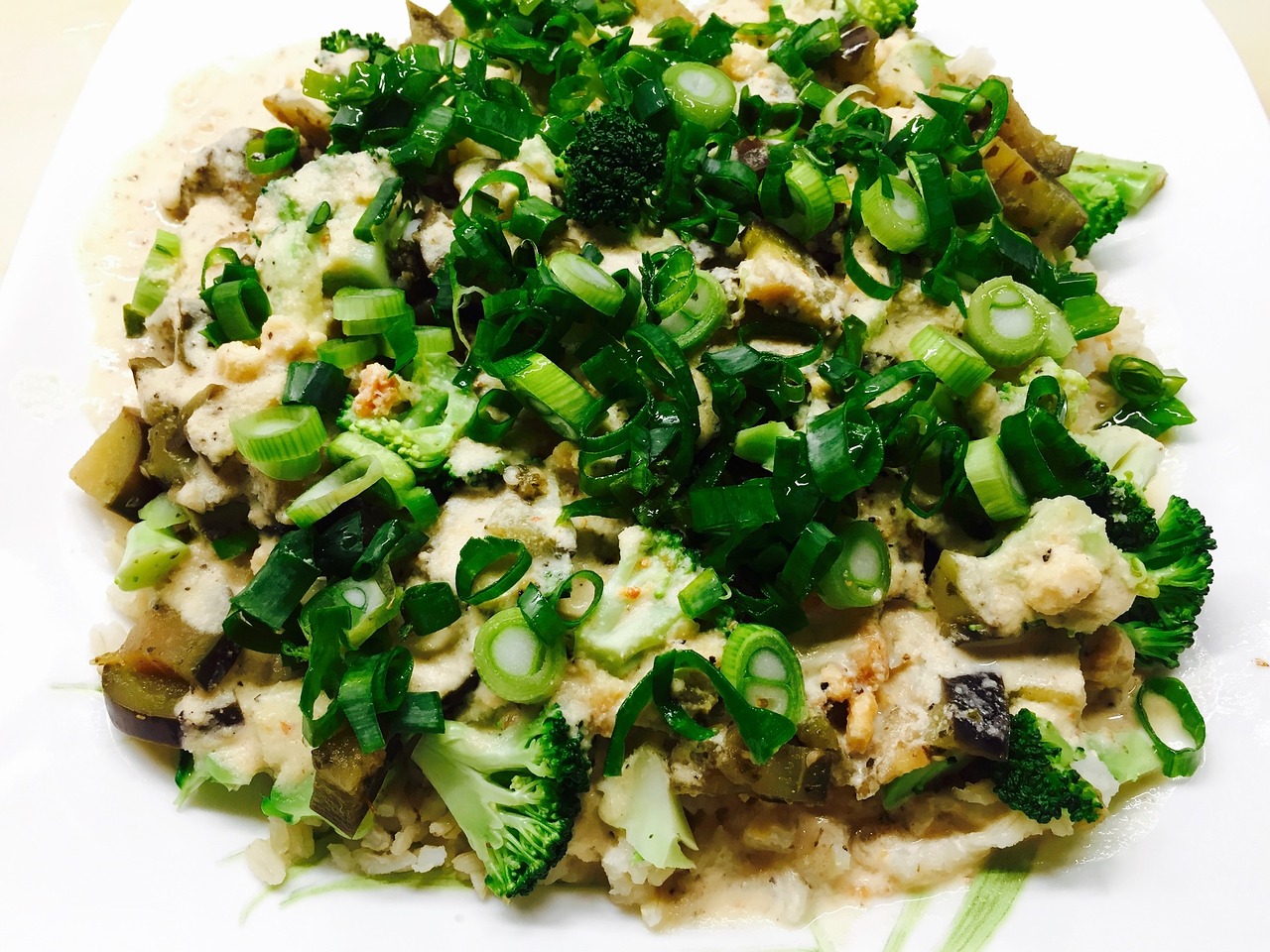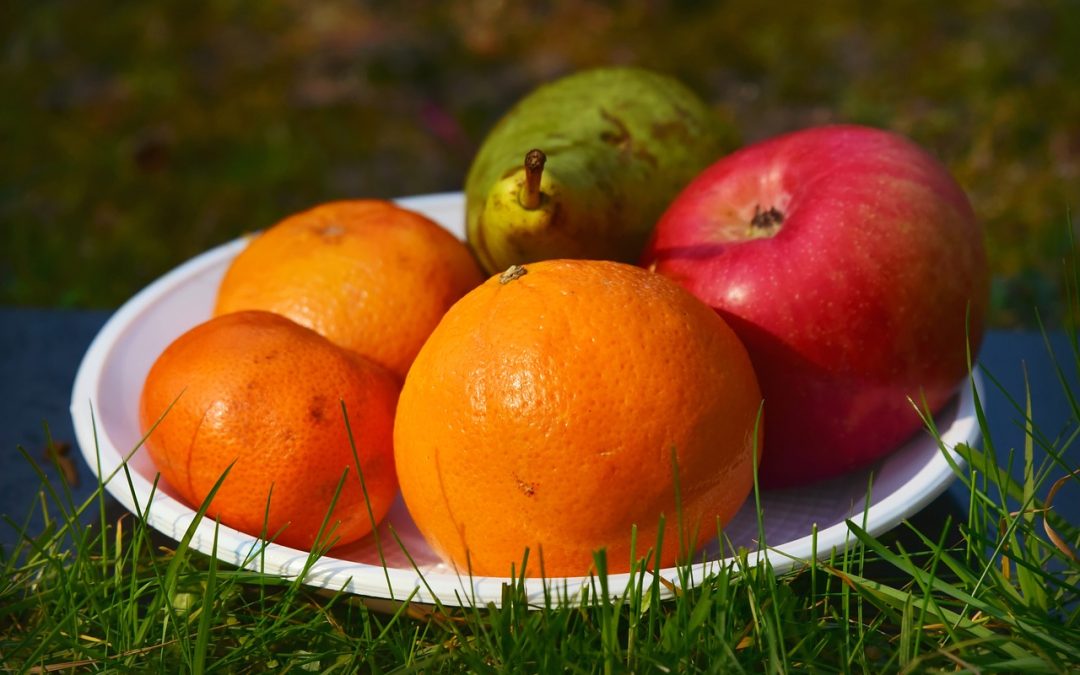Are you looking to improve your health and well-being through your diet?
Incorporating whole foods into your diet is a great way to increase your nutrient intake, improve digestion, boost energy levels, and support overall health. Whole foods are nutrient-dense and come in their natural form, without any processing or added ingredients. In this article, we will discuss the importance of incorporating whole foods into your diet and provide you with tips and strategies to make it easier for you to do so.
What are Whole Foods?
Whole foods are foods that are minimally processed and come in their natural state. This means that they are fresh, unrefined, and free from additives, preservatives, and artificial ingredients. Examples of whole foods include fruits, vegetables, whole grains, nuts, seeds, legumes, and lean proteins like chicken, fish, and tofu.
When you consume whole foods, you are getting the maximum amount of nutrients and health benefits that these foods have to offer. Unlike processed foods, whole foods are rich in essential vitamins, minerals, antioxidants, fiber, and other important nutrients that are essential for optimal health and well-being.

Why Should You Incorporate Whole Foods into Your Diet?
Incorporating whole foods into your diet has numerous health benefits. Whole foods are rich in essential nutrients that are important for overall health and well-being. They are also free from added sugars, unhealthy fats, and artificial ingredients that can have a negative impact on your health.
When you eat a diet rich in whole foods, you are providing your body with the nutrients it needs to function properly and thrive. Whole foods are also more filling and satisfying than processed foods, which can help you maintain a healthy weight and reduce your risk of chronic diseases like obesity, heart disease, and diabetes.
How Can You Incorporate Whole Foods into Your Diet?
Incorporating whole foods into your diet does not have to be difficult or overwhelming. There are many simple and delicious ways to add more whole foods to your meals and snacks. Below are some tips and strategies to help you incorporate more whole foods into your diet:
-
Start Slow: If you are new to eating whole foods, it’s best to start slow and gradually add more whole foods to your diet. Begin by replacing one or two processed foods with whole foods each week, and gradually increase the amount of whole foods you eat over time.
-
Shop the Perimeter: When you go grocery shopping, focus on the perimeter of the store where whole foods like fruits, vegetables, meats, and dairy products are typically located. Try to fill your cart with a variety of whole foods from these sections of the store.
-
Cook at Home: Cooking your meals at home allows you to have control over the ingredients you use and ensures that you are eating whole foods. Experiment with new recipes and cooking techniques to make whole foods more enjoyable and delicious.
-
Meal Prep: Spend some time each week meal prepping and planning your meals ahead of time. This will make it easier for you to incorporate whole foods into your diet and avoid the temptation of reaching for processed foods when you’re short on time.
-
Snack Smart: Keep a variety of whole foods on hand for snacks, such as fresh fruits, vegetables, nuts, seeds, and Greek yogurt. Snacking on whole foods will keep you satisfied between meals and provide your body with essential nutrients.
What are the Benefits of Eating Whole Foods?
Eating a diet rich in whole foods has numerous health benefits. Whole foods are nutrient-dense and provide your body with essential vitamins, minerals, antioxidants, and fiber. Some of the key benefits of eating whole foods include:
-
Improved Digestion: Whole foods are easier for your body to digest and can help prevent digestive issues like bloating, gas, and constipation.
-
Increased Energy Levels: Whole foods are rich in nutrients that provide your body with sustained energy throughout the day, helping you stay alert and focused.
-
Weight Management: Whole foods are more filling and satisfying than processed foods, which can help you maintain a healthy weight and prevent overeating.
-
Better Skin Health: Whole foods are rich in antioxidants and nutrients that promote healthy skin and reduce the signs of aging.
-
Reduced Risk of Chronic Disease: Eating a diet rich in whole foods can reduce your risk of chronic diseases like obesity, heart disease, diabetes, and certain types of cancer.
How to Identify Whole Foods at the Grocery Store
When shopping for whole foods at the grocery store, it’s important to know how to identify them. Whole foods are typically found in the perimeter of the store, where fresh produce, meats, and dairy products are located. Look for foods that are in their natural state and have minimal processing. Here are some tips for identifying whole foods at the grocery store:
-
Read Labels: Check the ingredient list on packaged foods to see if they contain any added sugars, unhealthy fats, or artificial ingredients. Choose foods with simple, whole ingredients.
-
Choose Fresh Produce: Look for fresh fruits and vegetables that are in season and locally grown. These foods are more likely to be fresh, flavorful, and nutrient-dense.
-
Select Whole Grains: Choose whole grains like brown rice, quinoa, barley, and oats instead of refined grains like white bread, pasta, and rice.
-
Opt for Lean Proteins: Select lean proteins like chicken, fish, turkey, tofu, tempeh, and legumes. Avoid processed meats like sausages, hot dogs, and deli meats.
-
Avoid Packaged Snacks: Limit your intake of packaged snacks like chips, cookies, candies, and pastries. These foods are often high in unhealthy fats, sugars, and artificial ingredients.

Sample Grocery List for Whole Foods
Creating a grocery list of whole foods can help you stay on track with your healthy eating goals. Below is a sample grocery list of whole foods that you can use as a guide when shopping for whole foods:
| Food Category | Whole Foods |
|---|---|
| Fruits | Apples, bananas, berries, oranges |
| Vegetables | Spinach, broccoli, carrots, bell peppers |
| Whole Grains | Brown rice, quinoa, oats, whole wheat bread |
| Lean Proteins | Chicken breast, salmon, tofu, beans |
| Dairy Alternatives | Almond milk, Greek yogurt, cheese |
| Nuts and Seeds | Almonds, walnuts, chia seeds, flaxseeds |
By filling your cart with a variety of whole foods from different food groups, you can create well-balanced meals that provide your body with essential nutrients and health benefits.
Easy Ways to Add Whole Foods to Your Meals
Incorporating whole foods into your meals does not have to be complicated or time-consuming. There are many simple and easy ways to add whole foods to your meals to make them more nutritious and satisfying. Below are some easy ways to add whole foods to your meals:
-
Add Greens to Smoothies: Add a handful of spinach or kale to your morning smoothie for an extra boost of vitamins, minerals, and antioxidants.
-
Top Your Meals with Nuts and Seeds: Sprinkle nuts and seeds like almonds, walnuts, chia seeds, and flaxseeds on top of salads, yogurt, oatmeal, or stir-fries for added texture and flavor.
-
Swap Refined Grains for Whole Grains: Replace refined grains like white bread, pasta, and rice with whole grains like brown rice, quinoa, barley, and whole wheat bread for more fiber and nutrients.
-
Load Up on Veggies: Fill half of your plate with colorful vegetables like leafy greens, bell peppers, broccoli, and tomatoes to increase your vegetable intake and add more nutrients to your meals.
-
Grill or Roast Lean Proteins: Grill or roast lean proteins like chicken breast, salmon, tofu, or tempeh with your favorite herbs and spices for a healthy and delicious meal.

Whole Food Recipe Ideas
Looking for some inspiration on how to incorporate more whole foods into your meals? Here are some delicious and nutritious whole food recipe ideas to try:
-
Quinoa Salad with Chickpeas and Roasted Vegetables: Combine cooked quinoa with roasted chickpeas, bell peppers, zucchini, and tomatoes for a flavorful and satisfying salad.
-
Grilled Chicken with Sweet Potato and Broccoli: Grill chicken breast with sweet potatoes and broccoli for a simple and nutritious meal that is rich in protein, fiber, and vitamins.
-
Stuffed Bell Peppers with Quinoa and Black Beans: Fill bell peppers with a mixture of cooked quinoa, black beans, corn, tomatoes, and spices for a colorful and tasty vegetarian dish.
-
Overnight Oats with Mixed Berries and Almonds: Soak oats in almond milk overnight and top with mixed berries, almonds, and a drizzle of honey for a delicious and nutritious breakfast option.
-
Buddha Bowl with Brown Rice, Tofu, Avocado, and Vegetables: Create a colorful Buddha bowl with cooked brown rice, marinated tofu, sliced avocado, and a variety of roasted or raw vegetables for a nutrient-packed meal.
Conclusion
Incorporating whole foods into your diet is a simple and effective way to improve your health and well-being. By choosing whole foods that are minimally processed and rich in nutrients, you can provide your body with the essential vitamins, minerals, antioxidants, and fiber it needs to function properly and thrive. Use the tips, strategies, and recipes provided in this article to start incorporating more whole foods into your meals and enjoy the numerous health benefits that whole foods have to offer. Start small, experiment with new ingredients, and have fun creating delicious and nutritious meals that support your health and vitality.
Related Content
- The Ultimate Guide to 10 Powerful natural whole food nutrition Strategies for 2025
- The Ultimate Guide to 10 Powerful Whole Food Nutrient Dense Strategies for 2025
- Discover 10 Delicious Seasonal Fruits and Vegetables for 2025
- Whole Foods for a Healthy Liver: Detoxing Your Diet
- The Most Powerful Superfoods You’ve Never Heard Of






